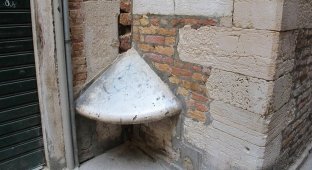25 famous artifacts - ancient as history itself (26 photos)
The most famous artifacts are those that left a mark on history humanity. Many of them date back thousands of years before modern society and have given food for thought to entire generations of scientists. Thanks to the Internet, we can feel like archaeologists or treasure seekers and plunge into the wonderful world of antiquity! 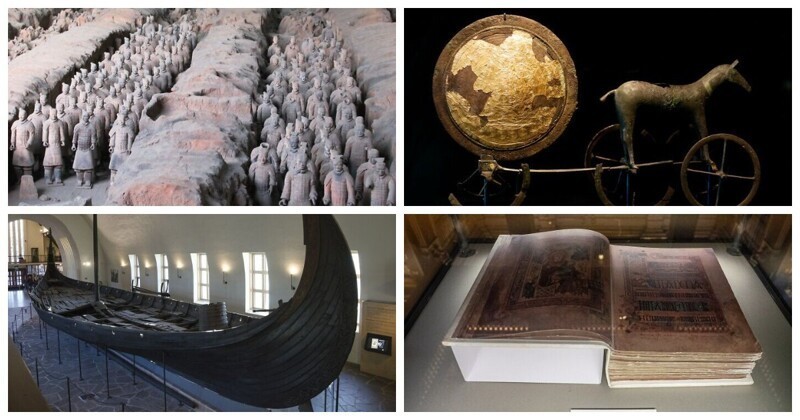
1. Oseberg ship (820) 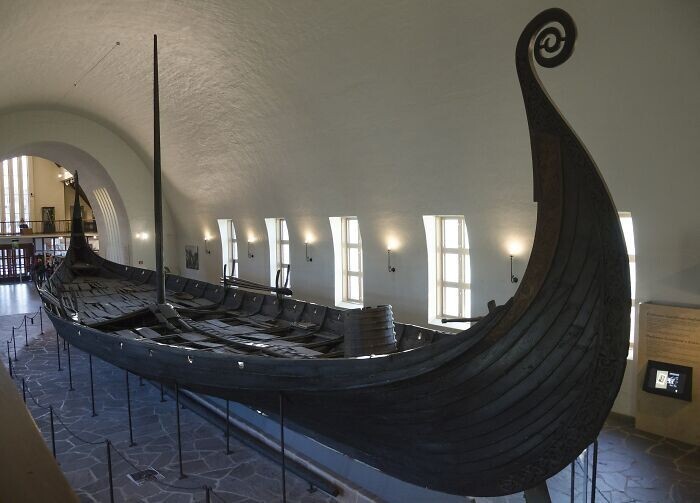
The Oseberg boat is an ornate Viking ship made from oak, which could be sailed or rowed. He was built in Norway around 820 AD. and discovered in 1904 in a large mound on the Oseberg farm near Tønsberg. This is one of the most beautiful and well-preserved artifacts from the Viking Age.
2. Terracotta Army (246 BC - 209 BC) 
Unlike other historical artifacts, this the funeral gift cannot be placed in a sarcophagus or placed in a corner tombs - it consists of more than 8000 statues of soldiers, state figures, horses and carriages. These clay soldiers are in kind the magnitude is very realistic, they even held real weapons in their hands. Although only ten different face models, each soldier seems unique.
3. Bust of Nefertiti (1345 BC) 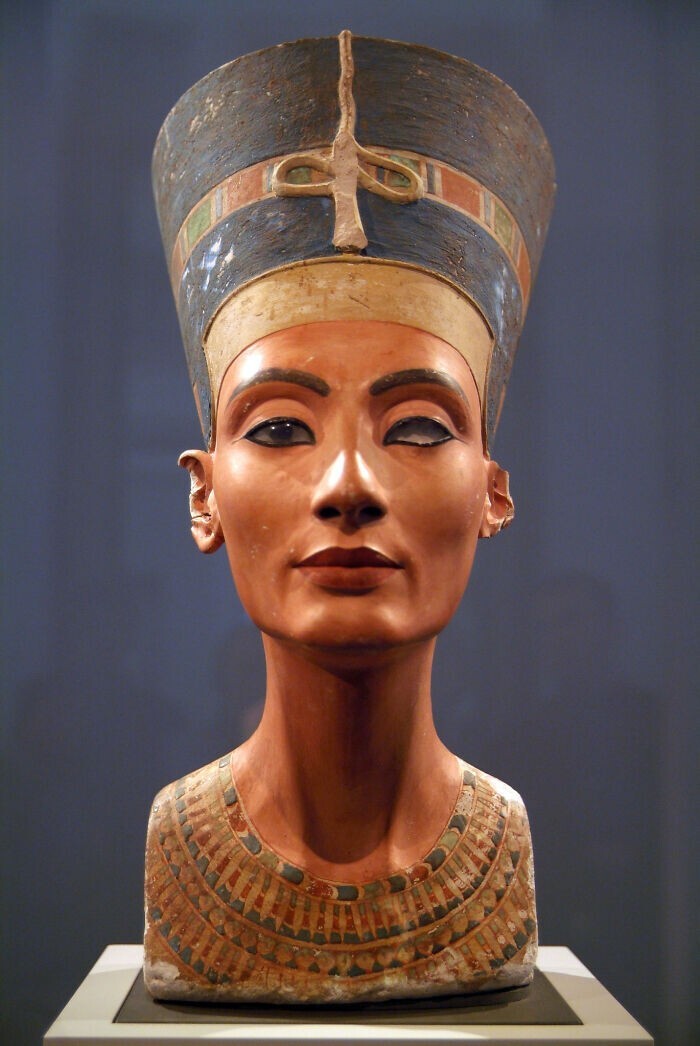
Bust of Nefertiti - sculpture of the ancient Egyptian queen Nefertiti, wife pharaoh Akhenaten, who ruled in the 14th century BC. This is one of the most recognizable artifacts of the ancient world. The history of Nefertiti is shrouded in secrets, oh which scholars are still arguing. Some believe that she was foreign queen, and others believe that she ruled as pharaoh after after her husband passed away. Or, alternatively, that they ruled together.
4. Book of Kells (9th century) 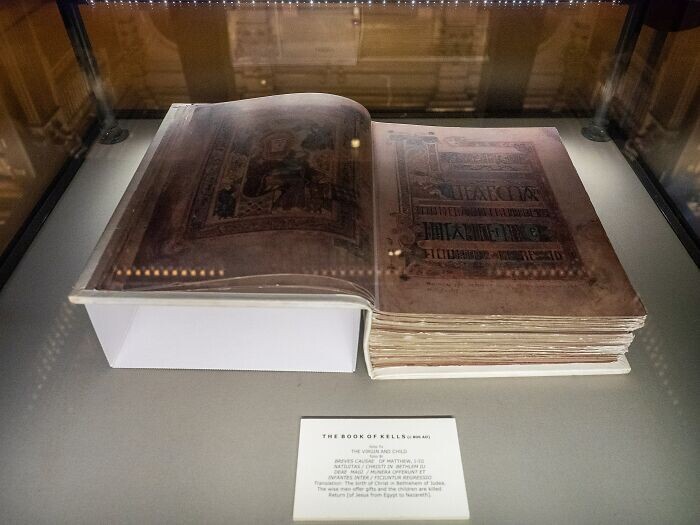
This four-volume ninth-century gospel is the most famous medieval European manuscript of Ireland thanks to the rich decorative illumination (decoration with miniatures and ornaments) and skillful calligraphy. Its pages are filled with beautiful illustrations. people, animals, mythical beasts and Celtic knots.
5. Rosetta Stone (196 BC) 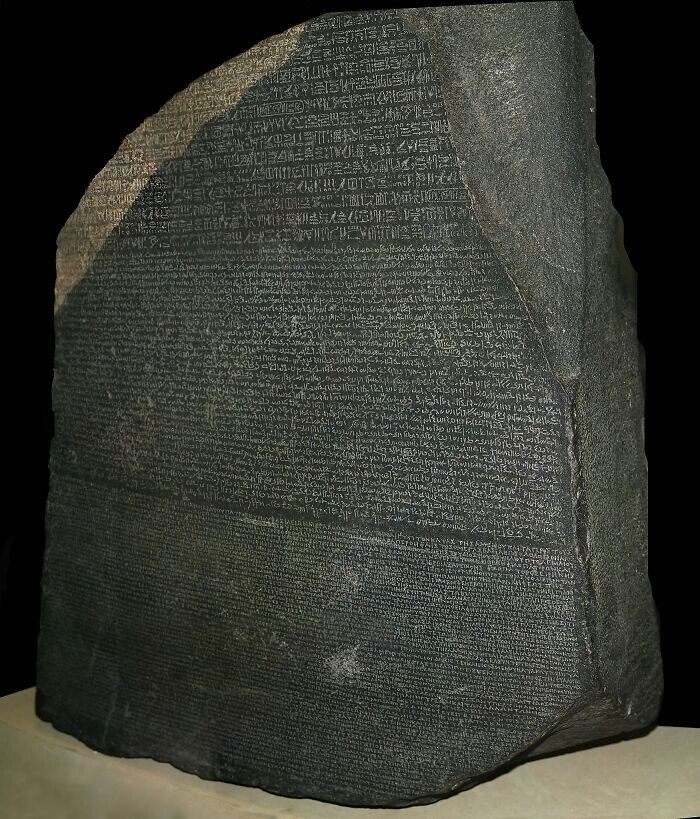
During Napoleon's campaign in Egypt in the early 1700s, a group French soldiers discovered in Rosetta a large stone slab with letters. Egyptologists quickly set about deciphering the inscriptions. Stove and the text that accompanies it, which originally belonged to the temple, go back to the reign of Ptolemy V. The discovery of the Rosetta Stone was an important milestone in the science of reading ancient Egyptian hieroglyphs.
6. Mask of Tutankhamen (1323 BC) 
Possibly the most famous ancient artifact of the Egyptian world, the funeral mask of King Tutankhamun, is a stunning piece of both history as well as art. Although the burial site was discovered in 1922 year, it took another three years to open the sarcophagus of a young pharaoh and transport him to the museum. When making a product, the sculptor used different materials, from lapis lazuli to amazonite.
7 Aztec Sun Stone (15th century AD) 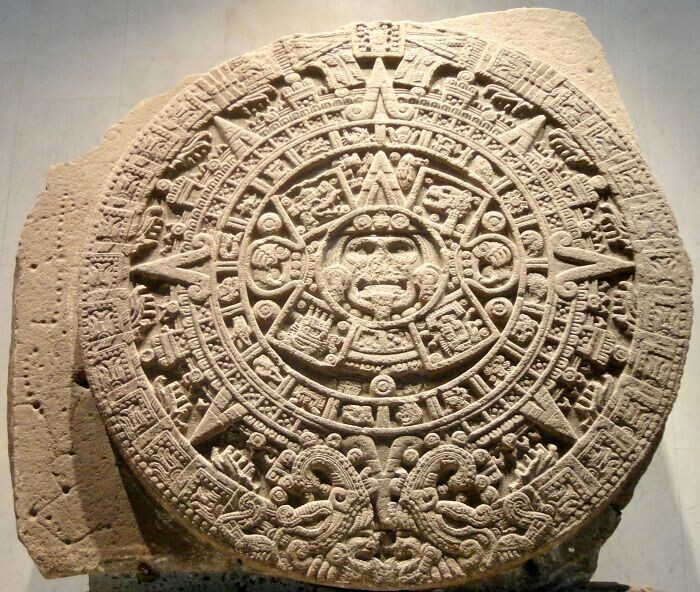
The Aztec sun stone, also known as the Aztec calendar, is a 24-ton sculpture carved in the 15th century in honor of the sun god Tonatiu. It is now in the National Museum anthropology of Mexico and is a well-known symbol. On the stone Five consecutive suns from Aztec mythology are depicted.
8. Lucy, Addis Ababa (lived 3.2 million years ago) 
Nothing speaks of antiquity like an artifact that is three million years old. years old. Lucy supports the theory of evolution and makes significant contributions to our understanding of human origins. Skull and bone fragments of Lucy represent 40% of female hominids who lived 3.2 million years ago. Thanks to this artifact, science has established stereotypes about the women of that time.
9. Antikythera mechanism (205 BC - 100 BC) 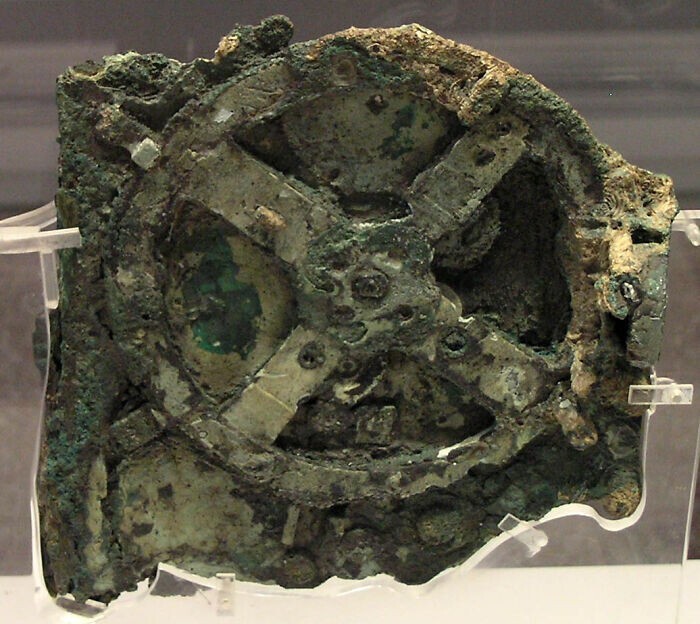
The Antikythera Mechanism is a mysterious artifact whose significance archaeologists realized only two years after its discovery. Based on the ancient Egyptian calendar and familiar zodiac system, the mechanism consists of several gears, which, when rotated, reveal specific data on the date and positions of the sun and moon.
10. Sutton Hoo, England (6th-7th century AD) 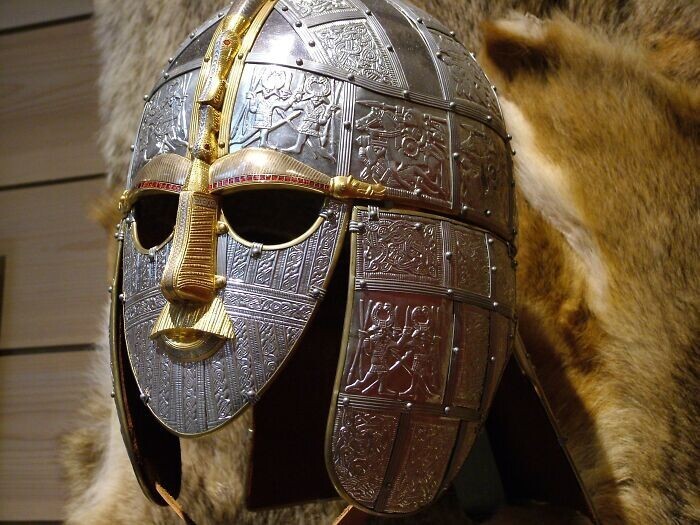
Sutton Hoo - barrow necropolis east of Woodbridge in English Suffolk County, where in 1938-1939 perhaps the most significant archaeological finds in British history, including intact burial ship of the Anglo-Saxon king of the turn of VI and VII centuries. Archaeologist Basil Brown discovered the remains of a ship inside the barrow 27 m long, loaded with treasures, and the skeleton of a long-dead Anglo-Saxon ruler.
11. Machu Picchu (1420-1530 AD) 
Machu Picchu, one of the most visited archaeological sites on planet, is a 15th-century Inca site located high on a mountainside in Peru. In 1911 a Yale professor Hiram Bingham III University rediscovered the site. Before that, ancient the ruins eluded the attention of the Spanish conquistadors and settlers. Many archaeologists believe that Machu Picchu was once royal the estate of Pachacuti Inca Yupanqui, Inca ruler of the 14th century.
12. Venus of Willendorf (24,000 BC - 22,000 BC) 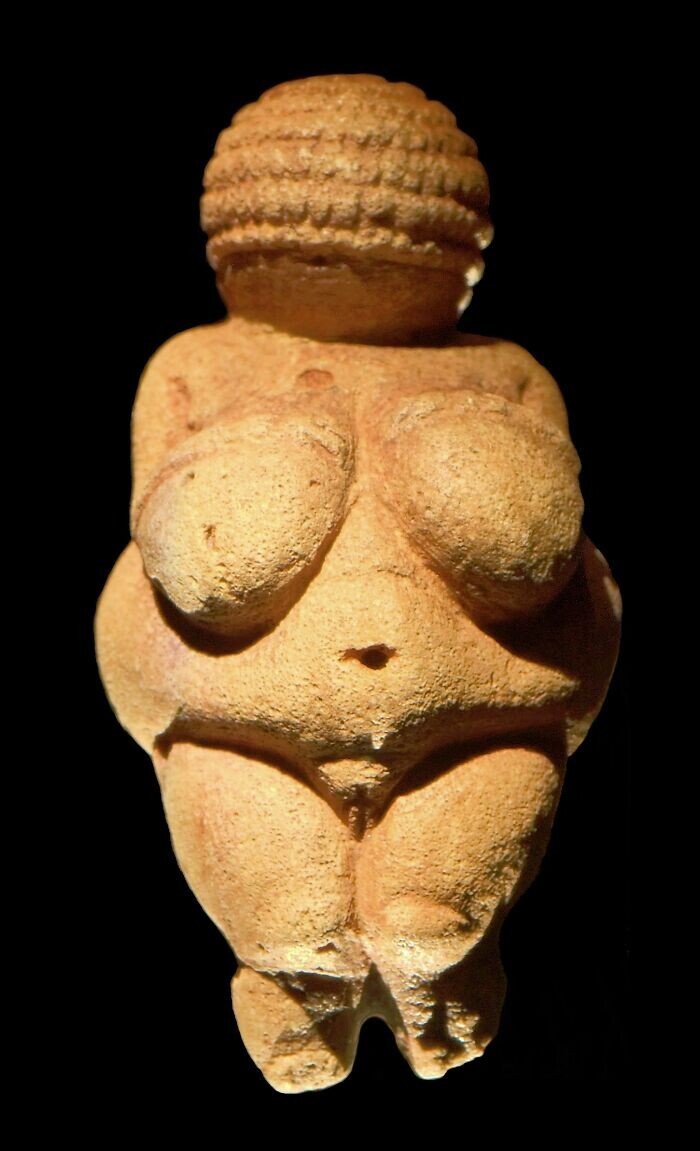
Venus of Willendorf is a female icon of the Ice Age. Statuette 10 cm high has prominent genitals, but she does not clearly have pronounced limbs or facial features. Braids or possibly a knitted hat cover her head, and age spots indicate that the artifact is from brown limestone was once red. The figurine was found in 1908.
13. Trundholm Sun Chariot (1400 BC) 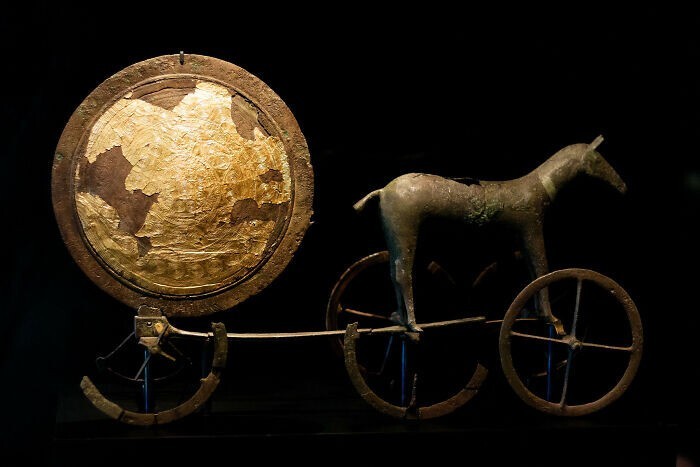
This chariot left archaeologists with more questions than answers, since she was found alone, without any other historical artifacts nearby. The disc is gilded on one side and decorated decorative concentric rings. Many people think that solar Trundholm's chariot symbolizes the rising and setting of the sun, as it moves from east to west.
14. Flute from Divye Babe (50,000 BC) 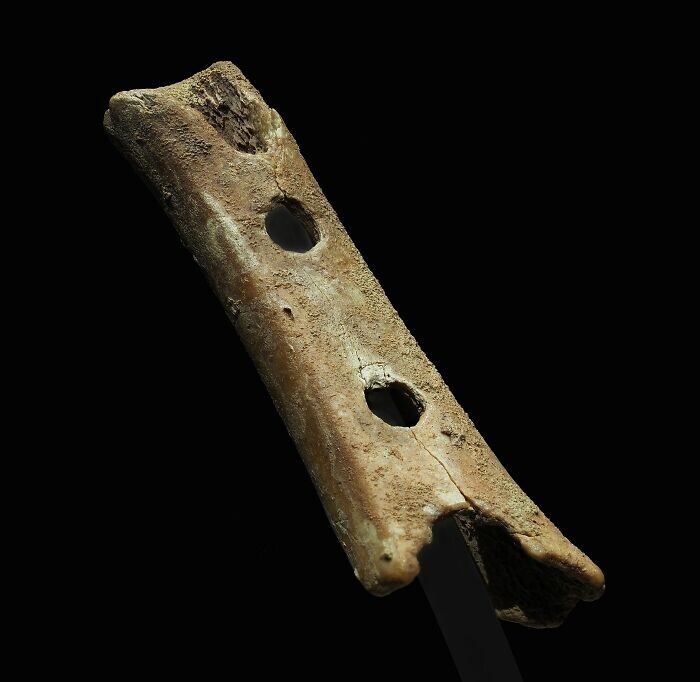
Neanderthal flute, flute from Divye Babe - an artifact of the primitive era, the femur of a cave bear with drilled holes, discovered in 1995 by researcher Ivan Turk on archaeological site of Divye Babe in Slovenia. Perhaps this is the most the oldest musical instrument in the world.
15. Dead Sea Scrolls (300 BC - 100 BC) 
The Dead Sea Scrolls are a collection of ancient manuscripts found in Qumran caves near the West Bank of the Jordan River. Scrolls Dead Sea, consisting of a total of 981 text evidence, are among the most famous ancient artifacts in stories. The manuscripts were in fortified clay jugs and well preserved in the dry climate of Qumran.
16. Lycurgus Cup (4th century AD) 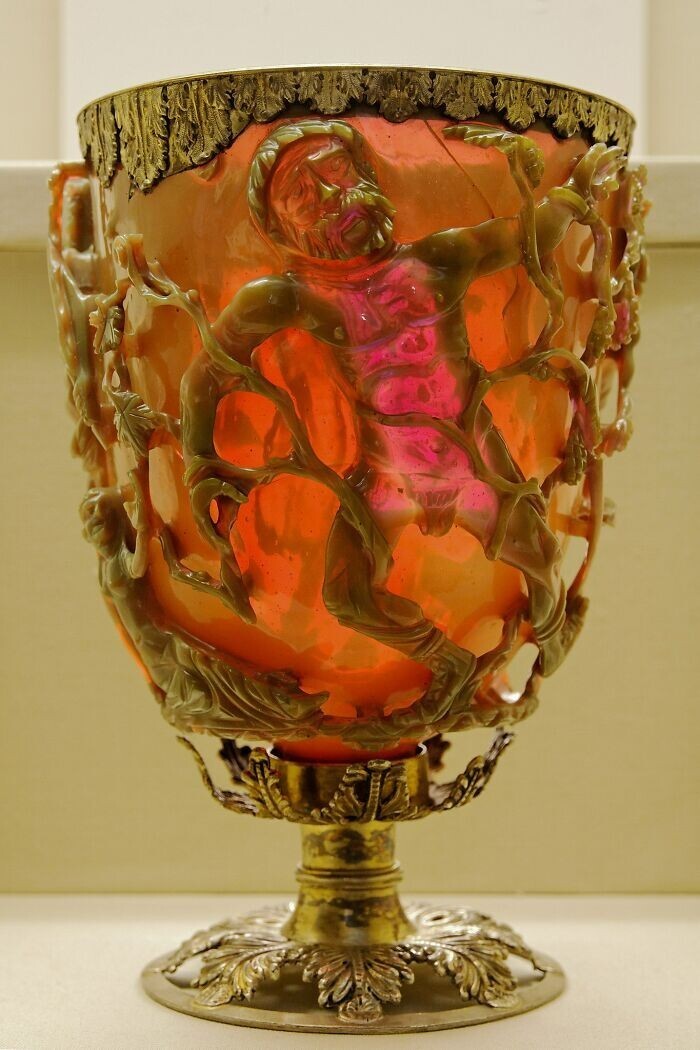
The Lycurgus Cup is the only one that has survived from antiquity. diatreta with figured pattern. Diatreta - a vessel made of glass mainly bell-shaped with double walls: the body of the vessel is inside the outer glass openwork "grid" slotted work. In this In this case, the bowl is made in the form of a cage in which King Lycurgus is located. The color changes depending on the light falling on the goblet. the cup was created in the fourth century AD, around 1800 AD to him were a gilded bronze rim and leg were added, and in the middle of the 19th century it acquired by the Rothschild family. Since 1957 he has exhibited at the British museum.
17. Voynich Manuscript (15th century AD) 
This 15th-century codex, called "the most mysterious book in the world," written by an unknown author in an unknown font. The purpose of the book, like translation of the text still eludes researchers. Manuscriptcontains "lively" illustrations that seem to cover several scientific topics. The origin of the manuscript is still unknown, some claim it's a prank while others claim it's a job aliens.
18. Stone heads of Easter Island (11-17 centuries AD) 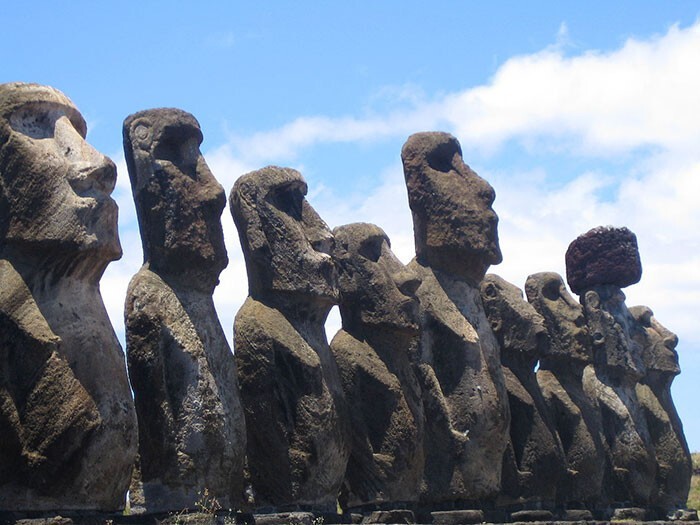
Rapa Nui, Easter Island, is best known for its thousand giant statues - "heads" - moai. They were carved and erected between 11 and 17 centuries of our era. Figures, large heads on long bodies, have height from 2 m to 9 m, while one unfinished moai on the island has over 20 meters high. Moai were created by a group of settlers from Eastern Polynesia, who arrived on the island around the first century of our era.
19. Altamira Cave (14,000-18,500 years ago) 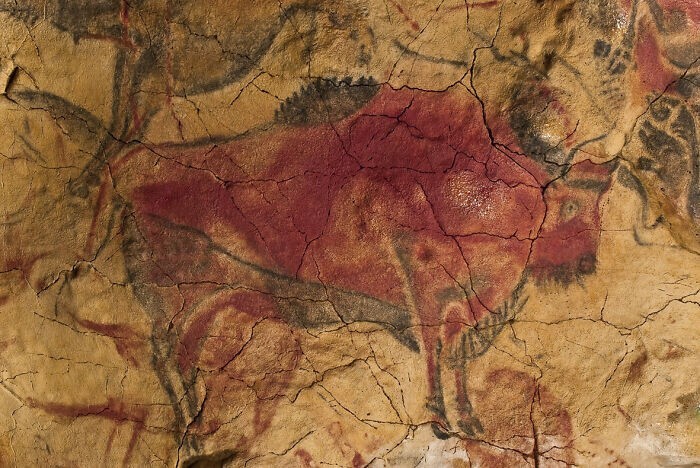
An amateur archaeologist and his young daughter discover prehistoric drawings decorating the walls of the caves of Altamira in Spain in 1879. On Paleolithic drawings created with charcoal and natural pigments, depicted bison, tours (primitive bulls), horses, deer and outlines human hands. Scientists believe that these drawings were made just when people began to settle in Northern Europe.
20. Pyramidion of the Black Pyramid of Dahshur (1820 BC) 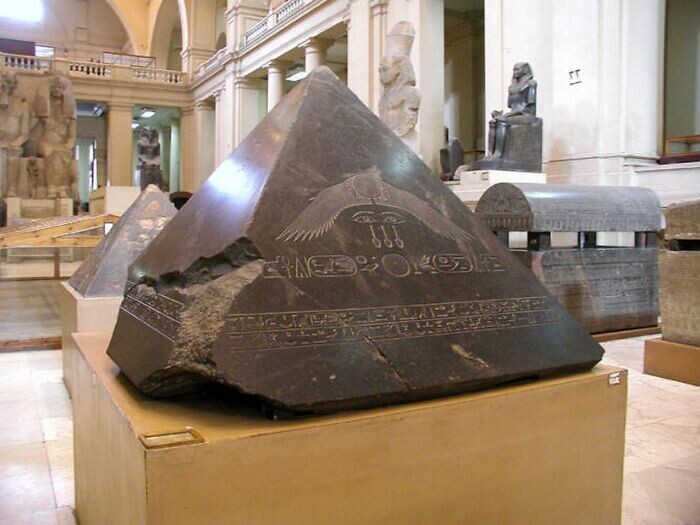
Pyramidions were created to be the keystones of the ancients. Egyptian pyramids, and only a few of them have survived to this day. This one was discovered in the ruins near the Black Pyramid of Amenemhat III in Dahshur. Pyramidion is in relatively good condition, has legible inscriptions on all four faces.
21. Pompeii (7-6 century BC) 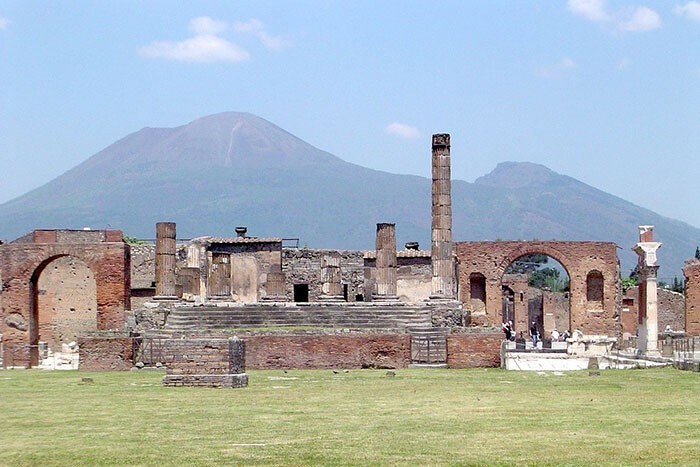
In 79 AD, the eruption of Mount Vesuvius covered the Roman city Pompeii cloud of volcanic gases and debris. The city and its inhabitants were buried under a layer of lava and ash from 6 to 7 m deep. Pompeii remained untouched for over a thousand years until the architect Domenico Fontana did not stumble upon the ancient Pompeii residence while working on construction project.
22. Tomb of Tutankhamen (1332 BC) 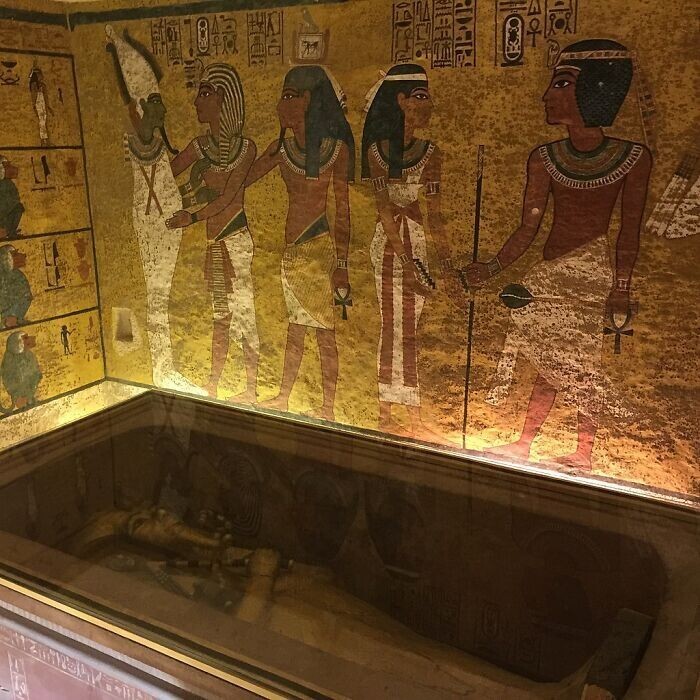
A team of archaeologists led by British Egyptologist Howard Carter discovered the sumptuous tomb of an Egyptian pharaoh in 1922. Tutankhamen came to power at the age of nine in 1332 BC and died nine years later. His untimely death may explain why the pharaoh's tomb looks hastily done. microbes, found on the walls of the tomb, suggest that the paint on the walls had not yet dried when the tomb was closed.
23. Sky disk of Nebra (1600 BC - 1000 BC) 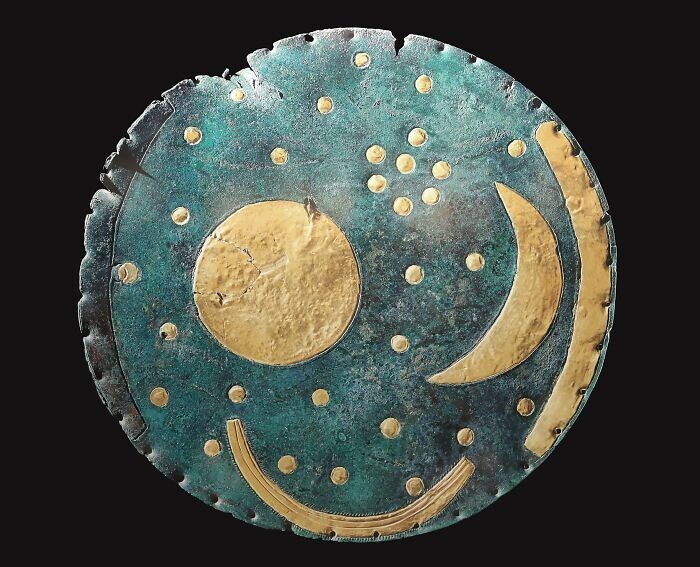
This unusual disk was accidentally found by hunters for amateur treasures, but soon its meaning was revealed professionals. There are gold dots on the disc behind two large round and crescent-shaped plates. This scene depicts the sky sun, moon and stars. Later in the life of the artifact more was added several plates symbolizing the solstice, which indicates that that the disc was used to study astronomy.
24. Ur Ram (2500 BC) 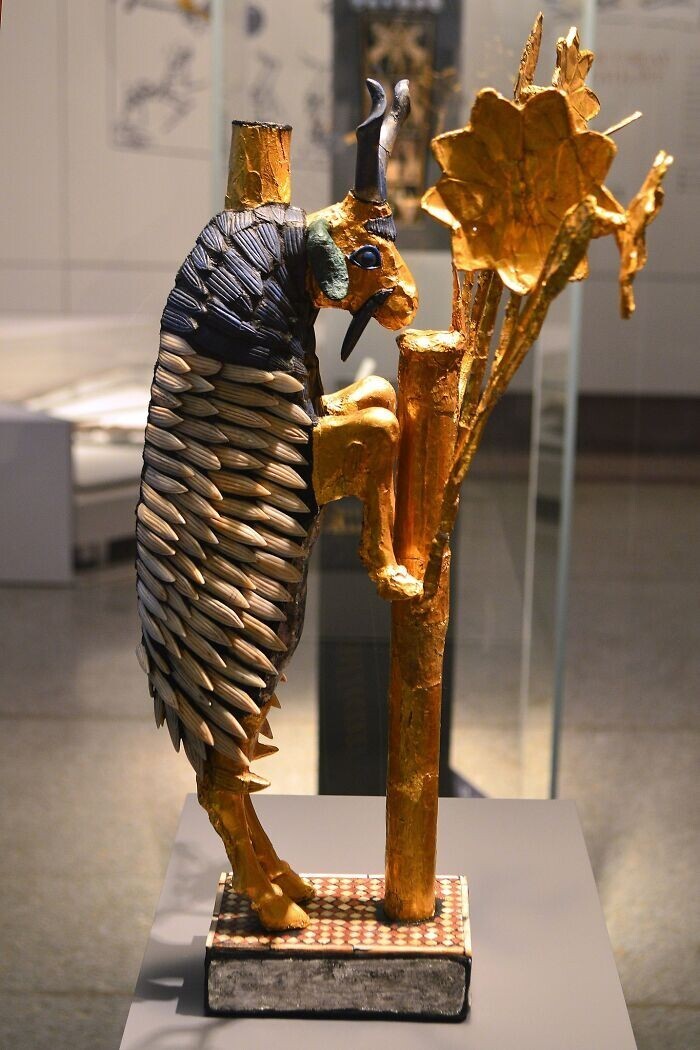
One of the most famous artifacts of the ancient world - "Sheep in the bush" - two figurines depicting a ram perched on a bush. They were discovered in 1928 in the Royal Cemetery of Ur, an important archaeological site in present-day Iraq. The figurines are made from gold, lapis lazuli, copper and wood. One is in the gallery of Mesopotamia in room 56 of the British Museum in London; the other is in the museum University of Pennsylvania in Philadelphia, USA.
25. Phaistos disc (1850 BC - 1400 BC) 
Luigi Pernier, an Italian archaeologist, discovered a small disc with a diameter 16 cm in the ruins of the Phaistos Palace on the island of Crete in 1908. Despite that the earthquake destroyed most of the palace and historical artifacts inside, the Phaistos disc was not damaged. This is a unique memorial. letters, presumably of the Minoan culture of the middle or late era bronze. Its exact purpose is unknown.














